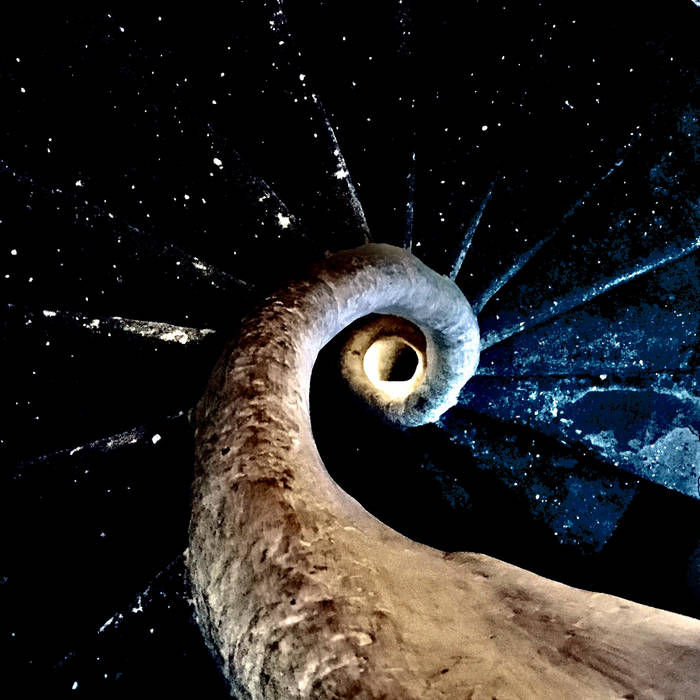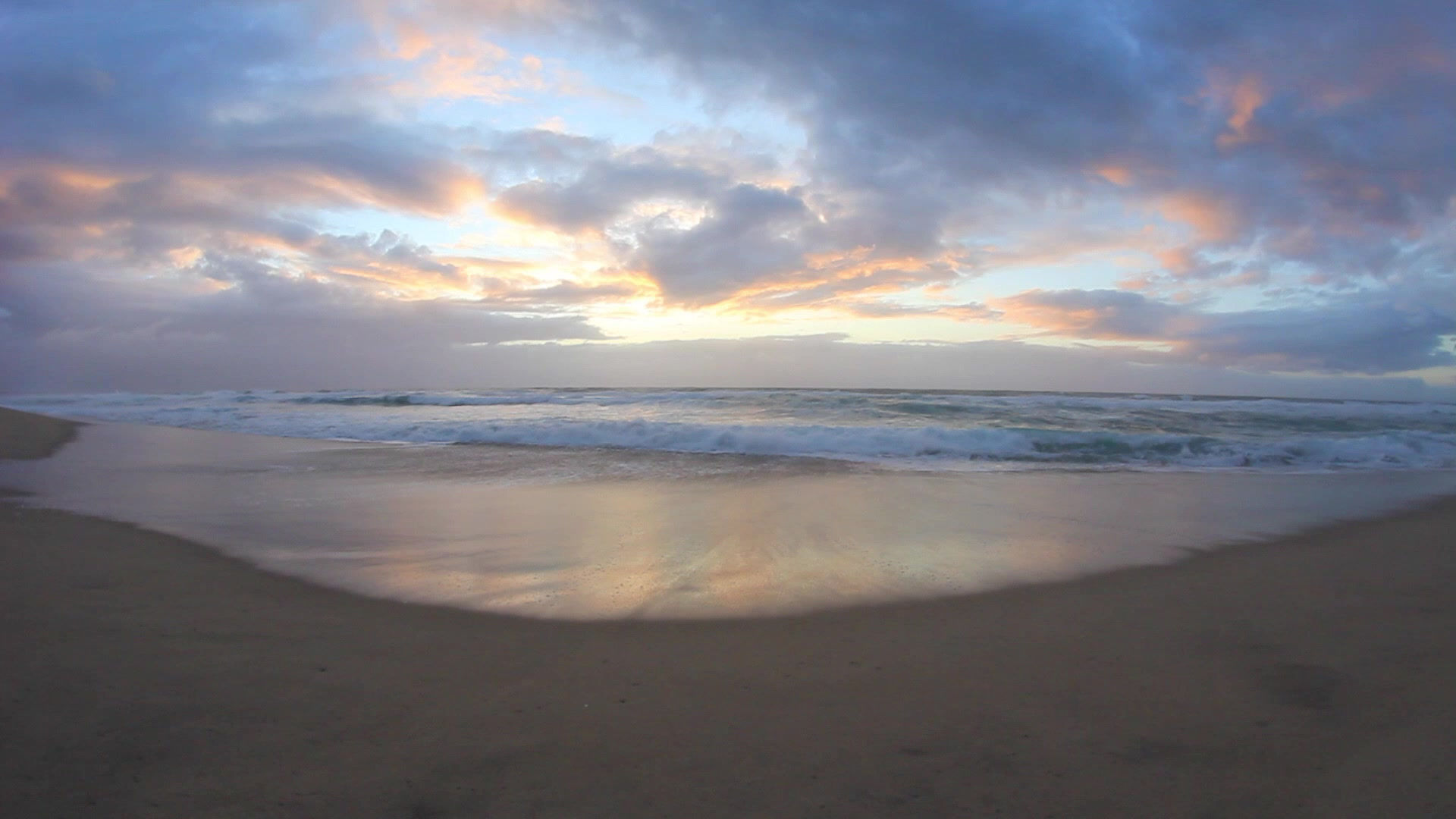DAVID FRANKLIN, Music For Ketamine
- Jonathan Widran
- Aug 14
- 4 min read
In my glowing review of Passings, the highly personal and deeply insightful 2022 album composer and multi-instrumentalist David Franklin wrote in honor of his late parents, I wrote, “Perhaps his extra-musical life as a professional psychotherapist gives him a unique perspective and intuition on the human condition beyond most new age artists.”
True to its provocative title, his 12th full length album Music for Ketamine embodies this reality with expansive musical dynamics and thematic freshness, not simply to intrigue and entertain his longtime music fans but to facilitate greater and more enduring healing for his patients.

A fascinating, eclectic and boldly adventurous sonic exploration couched in a collection of 13 compositions and soundscapes, Music for Ketamine is likely the first album ever created as an all-encompassing sonic journey for therapeutic ketamine sessions. Infused with a multitude of instruments and what Franklin calls “found sounds,” its intricately detailed, specially designed auditory trip was inspired, in addition to his career as a psychotherapist, his training in Ketamine Assisted Psychotherapy (KAP), a love for creating soundtracks for dance companies and the most recent feather in his life as healer – graduating from the UC Berkeley Center for the Science of Psychedelics, Psychedelic Facilitation Certificate Program.
While ambient/new age music fans and other non-patients can certainly enjoy this powerful immersion into Franklin’s ever-expansive universe, to fully understand what we’re hearing, it’s important to understand the need for such a project and why Franklin is so passionate about his creation. “I actually had been planning this for a long time,” he says. “As a psychotherapist, in general, I feel good about the outcomes for the people I work with, but there are sometimes people whose treatment is more resistant. Occasionally, changing a treatment style can work, but sometimes that doesn't even work. Speaking with my psychiatrist friends, it became clear to me that ketamine was sometimes a healing modality.
“An important aspect of ketamine treatment is the music one listens to during the sessions. I don't know if you know the word synesthesia, but sometimes people on a ketamine journey can see and feel and experience the music in much deeper ways. I personally had to take ketamine a few times during my training, and it immediately became clear to me that I could write a soundtrack for this medicine. A question that has often come to me as a musician is, how do I create a musical space to support the emotional or spiritual or human space of another person? That's what I tried to do with this album.”
To achieve his goal of challenging typical mind states to enable patients to enter a more expansive, open and transcendent state where healing can happen, Franklin ventured way outside of his usual creative box with a journey-minded approach to production that incorporates a vast array of unique instruments They were all played by him, with a small but memorable assist from his cat Stripes, who graciously provided the purring sounds on “Firecat!,” a hypnotic, mystical dynamics-filled ambient gem melding atmospheric and pulsating synth with echoing electronic voices and frog and cricket sounds. (As a recently converted cat fanatic, I would love to hear more from Stripes in the future!)
Now about those instruments. Franklin’s arsenal includes a Pramberger grand piano and 1940s toy piano, guitars, flutes, drums, hand-pan, harmonium, synthesizer, bowed psaltry, bells, shakers and voice & vocalizations (sometimes layered more than 20 times for certain pieces!), complemented by the aforementioned “found sounds” of frogs, crickets, different species of birds in different seasons of fire and rain. His inventive way of combining nature sounds creates effects that could never happen in the actual outdoors, for instance, creating harmonies of singing birds from various geologic regions. Beyond creating a revolutionary aural healing experience, Music For Ketamine is an intense technological achievement. To that end, while its generally not essential on mainstream new age recordings to mention mastering engineers, but special kudos to Warren Kahn, who helped Franklin get the sonic intensities just right.
Franklin’s stark, lovely piano melody at the start of the opening track “When Silence Learns to Speak,” later backed by a soul-seductive ambient synth harmony element, could easily lull us into the notion that the album is going to just be a great solo piano excursion. Franklin nixes that immediately with his harmonic “choir” of haunting vocalizations and the intoxicating, quickly intensifying tribal percussion that brings an organic, earthy and deeply human element to the journey. Moving on to “Everything and Nothing,” those beautiful, cheerful birds we’ve mentioned kindly greet us over a hypnosis-inducing synth bell motif and breathtaking atmospheric synth energy.
“Figure Painting,” one of Franklin’s favorite tracks, brings back his lovely piano musings, but in a unique repetitive and highly textured way that approximates a large handful of people playing it simultaneously. Another piece the artist singles out is the trippy, mind-bending (or maybe better put, “consciousness expanding”) and emotionally intense “The Longest Night,” which cleverly and artfully draws from a quiet section from his scintillating 2024 solo piano collection One Day in Spring and cleverly runs it backwards before layering voices, spacey synth and other elements on top.

One of my personal selections is “Sylver’s Theme” because it’s one of the most infectious and rhythmically pleasing songs, artfully showcases Franklin’s excellent melodic guitar playing and has a touch of flute whimsy. For those not looking to Music for Ketamine for an actual ketamine session or straight through meditational soundtrack, another uniquely compelling entry point I would suggest is the ironically titled “Carry Wood, Chop Water,” which opens with those sacred bird chirps and features a swirl of dark, cello toned droning synth sounds, mesmerizing bell sounds and natural percussion vibes that collectively feel like a deep dive into a dense jungle.
Franklin’s penchant for colorful titles also gives us a memorable meeting with “Silver Spirit Dancers,” a sonically murky deep space exploration of which approximates the concept of “The Foggiest Idea” and the added piano grandeur of “Thelongtale” before he wraps the session with more chipper bird calls and the elegiac piano meditation “Song for Living.”
“Regardless of whether people have ever utilized a medication,” Franklin says, “I wanted to create a musical journey that might be part of a healing process for them. For me, music in its highest form is about healing, and I hope to be an artist that invites healing through sound, in whatever ways people engage it. This may sound lofty, but it's my deepest intention here.”







Comments